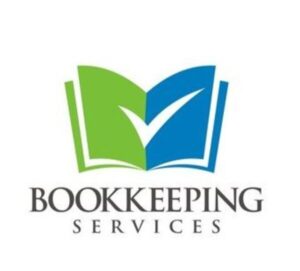 Physiotherapists Categorize and Record
Physiotherapists Categorize and Record
Physiotherapists categorize and record expenses in their bookkeeping by following a structured process to ensure accurate financial tracking and compliance with tax regulations.
Here’s how they typically approach it:
1. Expense Identification:
Physiotherapists start by identifying all their business-related expenses. This includes items such as rent for the clinic space, equipment purchases, utilities, office supplies, marketing expenses, and professional development costs.
2. Expense Categorization:
They then categorize these expenses into specific categories such as “”Rent,”” “”Equipment,”” “”Utilities,”” “”Office Supplies,”” “”Marketing,”” and “”Training/Education.”” This step is crucial for organizing expenses and generating financial reports.
3. Use of Accounting Software:
Many physiotherapists use accounting software or spreadsheets to record and track expenses. This digital approach streamlines the process and reduces the chances of errors. They input each expense transaction with its category, date, amount, and payment method.
4. Separation of Personal and Business Expenses:
It’s important to separate personal expenses from business expenses. Physiotherapists maintain dedicated business bank accounts and credit cards to ensure clear demarcation between personal and business transactions.
5. Receipts and Documentation:
Physiotherapists keep all relevant receipts and documentation for each expense. This is not only necessary for bookkeeping but also serves as evidence in case of tax audits or financial reviews.
6. Regular Reconciliation:
Physiotherapists periodically reconcile their recorded expenses with their bank statements or credit card statements. It helps identify any discrepancies or missing entries.
7. Tax Deductibility:
They determine the tax deductibility of each expense based on local tax laws and regulations. Some expenses can be fully deductible, partially deductible, or not deductible at all.
8. Year-End Reporting:
At the end of the fiscal year, physiotherapists compile all the recorded expenses and generate financial reports, such as income statements and balance sheets. These reports provide insights into the financial health of their practice.
9. Accountant Consultation:
Many physiotherapists consult with accountants or financial advisors to ensure that their expense categorization and recording align with tax regulations. This step helps minimize the risk of errors or non-compliance.
To visit: https://www.mca.gov.in/

For further details access our website: https://vibrantfinserv.com